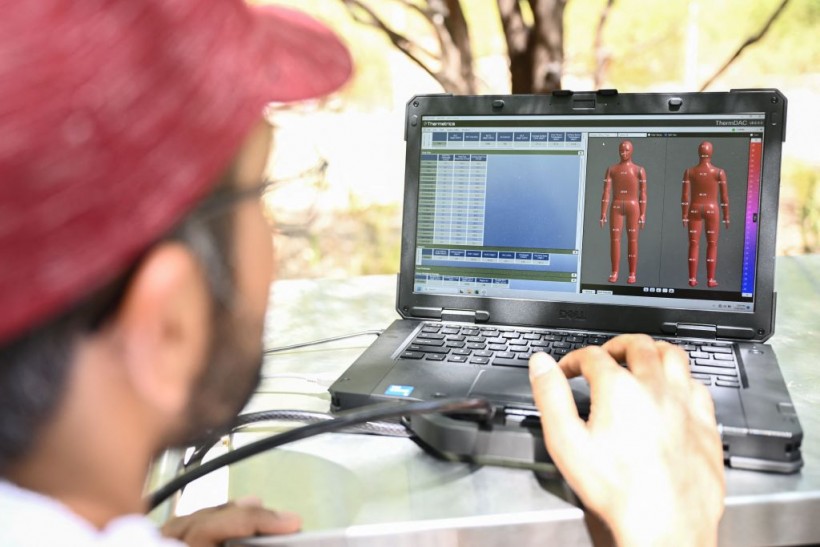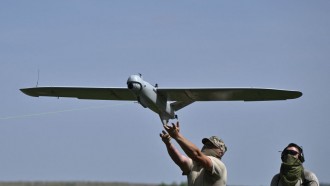MIT has recently unveiled a novel design concept focusing on the development of flexible skeletons tailored for soft, muscle-powered robots.

(Photo : PATRICK T. FALLON/AFP via Getty Images)
Muscle Fibers for Robots
Engineers have long been intrigued by the potential of muscle fibers as efficient actuators, owing to their inherent strength, precision, and regenerative capabilities.
With the aspiration to harness these natural attributes, biohybrid robots integrating muscle-based actuators into artificial skeletons have been explored previously, albeit with varying designs and no standardized approach.
In response to this, MIT reports that its engineers have devised a spring-like component known as a "flexure," intended to serve as a foundational module for muscle-driven robots.
This flexure is engineered to optimize the efficiency of muscle movement, akin to adjusting weights on a leg press machine to maximize muscle performance.
Experimental findings revealed that when muscle tissue is applied to the flexure, it consistently stretches the spring five times more than previous designs, demonstrating enhanced muscle utilization.
This flexible framework offers engineers a modular foundation to construct a variety of artificial skeletons, accommodating different muscle configurations to power movement.
"These flexures are like a skeleton that people can now use to turn muscle actuation into multiple degrees of freedom of motion in a very predictable way," said Ritu Raman, the Brit and Alex d'Arbeloff Career Development Professor in Engineering Design at MIT.
"We are giving roboticists a new set of rules to make powerful and precise muscle-powered robots that do interesting things."
Read Also: MIT Introduces Noninvasive Treatment for 'Chemo Brain' That Involves Lights and Sounds
It's All About the Flexure
MIT's approach seeks to optimize muscle-skeleton alignment to harness the full potential of muscle power, enhancing predictability and reliability of movement.
By leveraging flexures designed by Professor Culpepper's lab, MIT engineers crafted a specialized device with nanometer precision, tailored to amplify muscle contractions efficiently.
The flexure's accordion-like structure, attached to corner posts, offers minimal resistance to muscle contraction, enabling precise control over movement direction.
"The flexure is a skeleton that we designed to be very soft and flexible in one direction, and very stiff in all other directions," Raman says. "When the muscle contracts, all the force is converted into movement in that direction. It's a huge magnification."
Looking ahead, MIT engineers aim to integrate and refine flexures to develop agile, articulated robots powered by natural muscles.
Their vision includes creating miniature surgical robots for minimally invasive procedures, harnessing the strength, efficiency, and adaptability of biological actuators.
The findings of the research team were published in the journal Advanced Intelligent Systems.
Related Article: MIT Takes Strides Towards Greener AI: Addressing the Environmental Impact of Energy-Intensive Models










